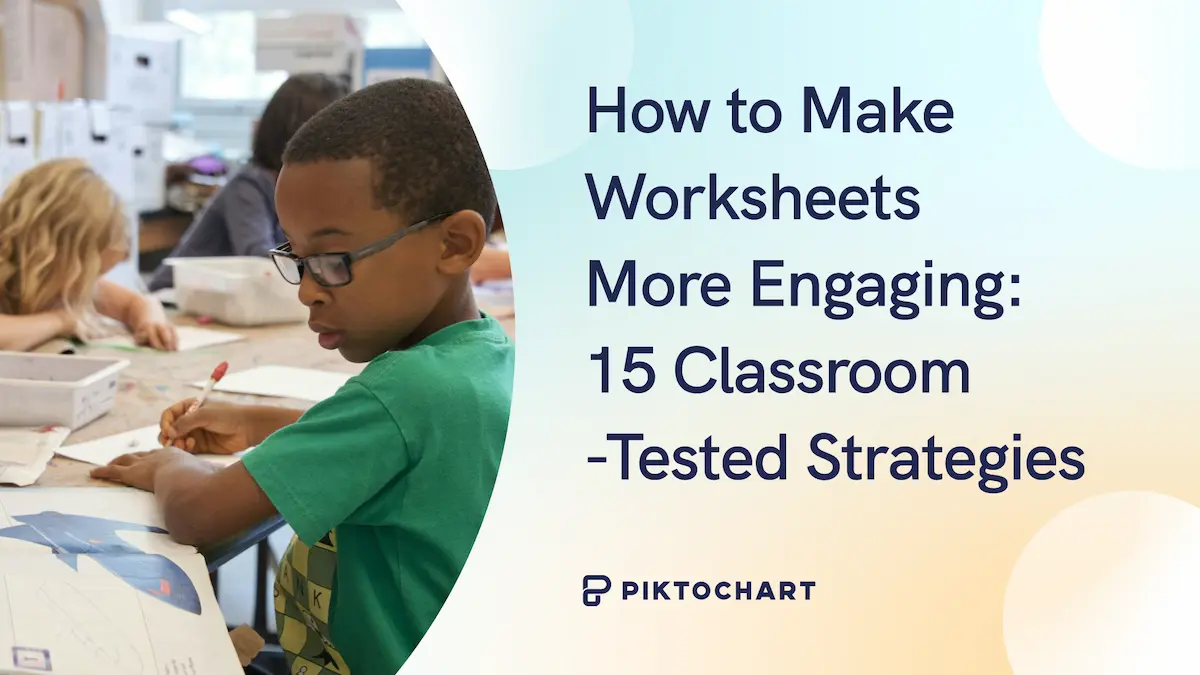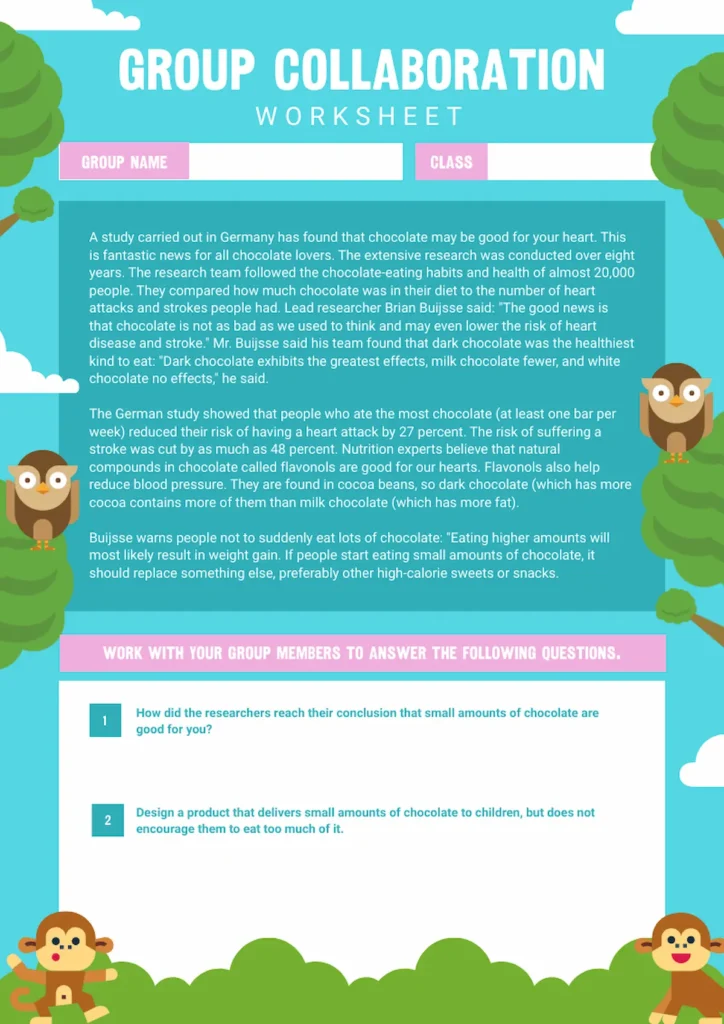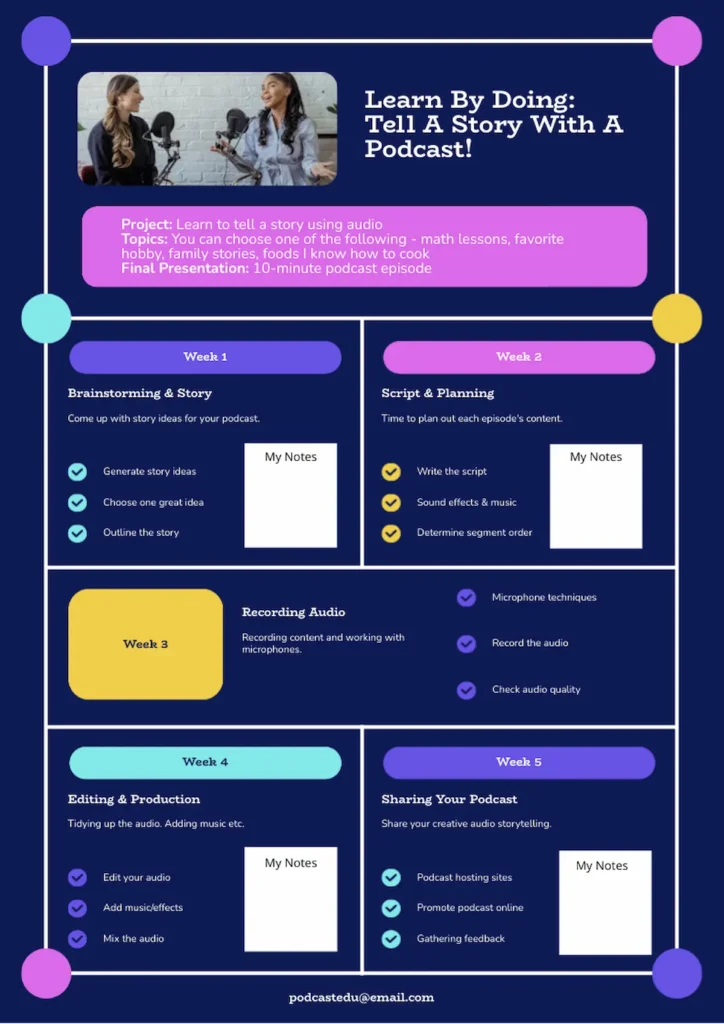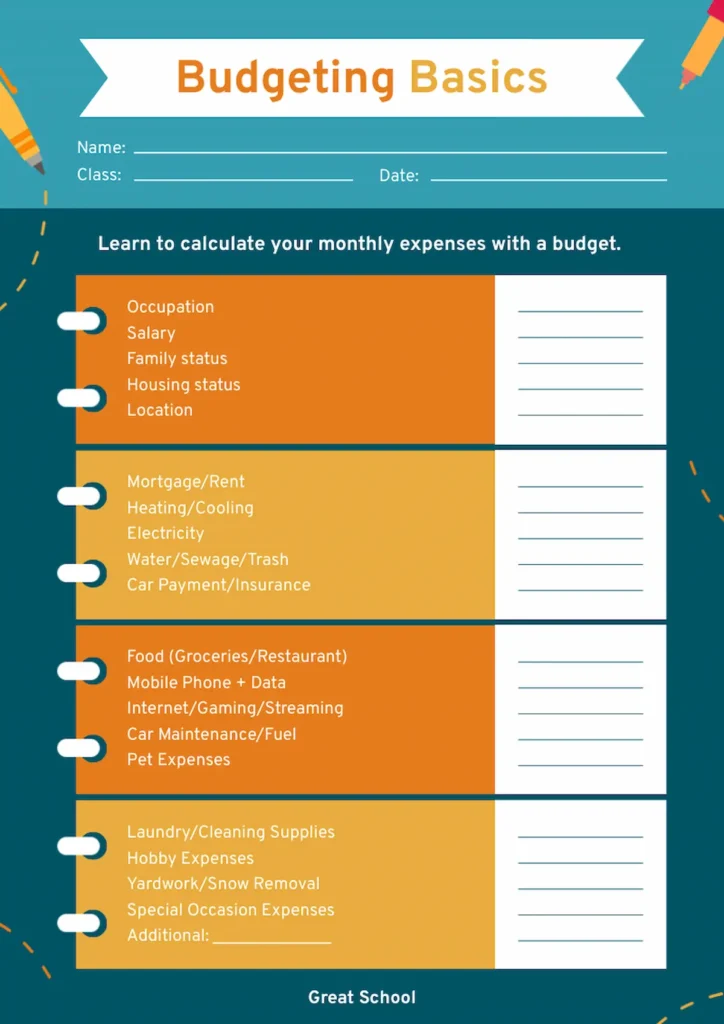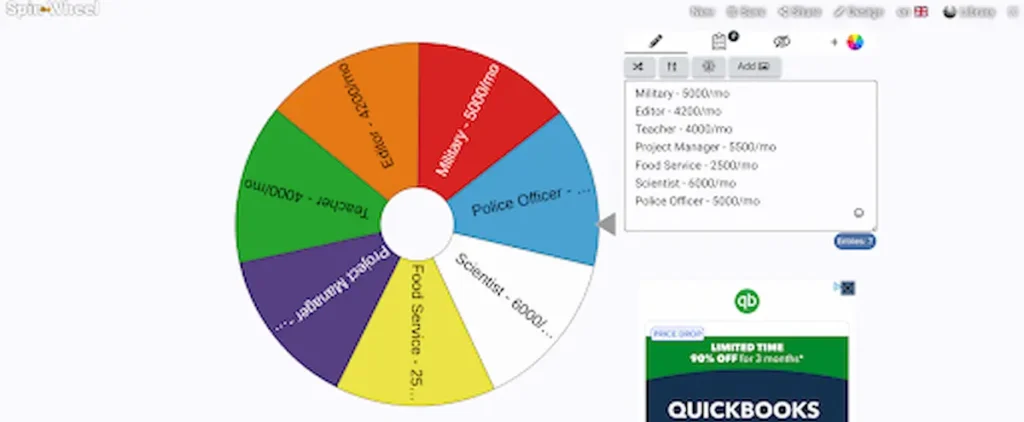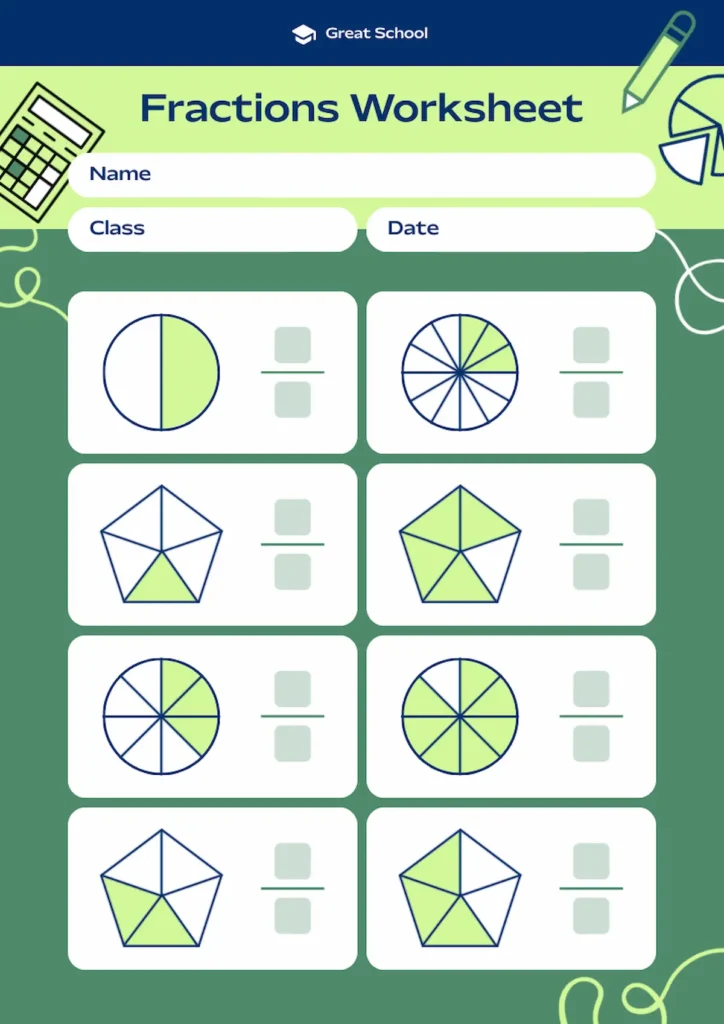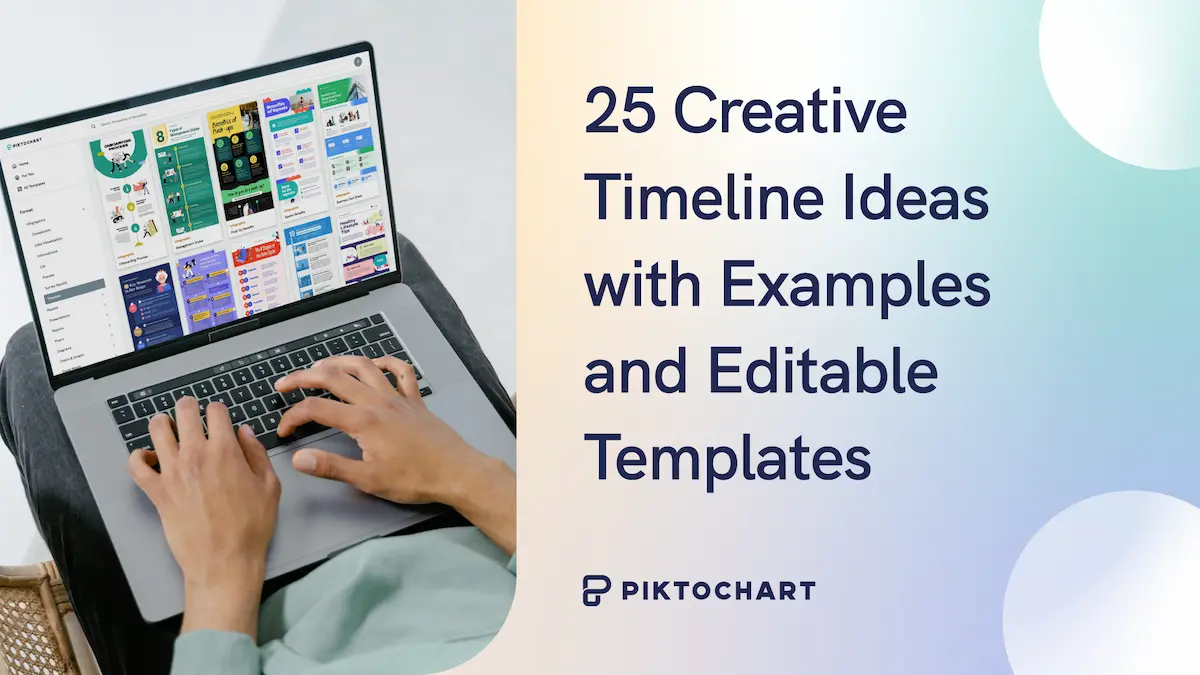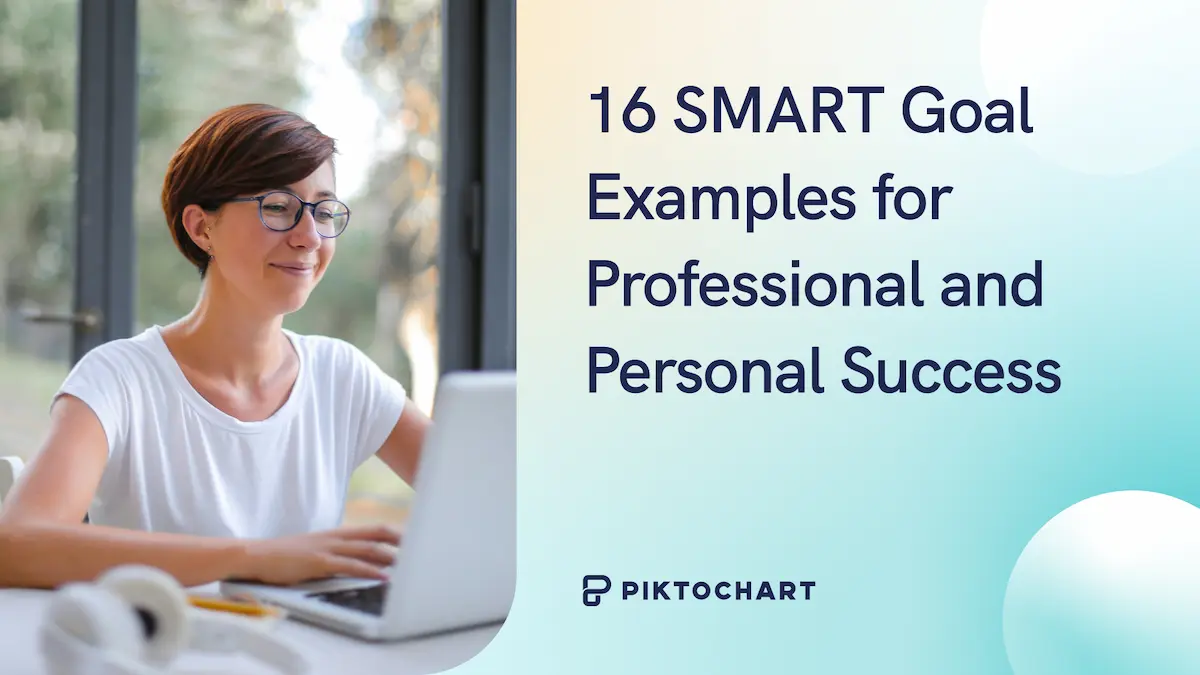Worksheets have been used for generations in education. They help students practice mastery of a concept, but they aren’t the most innovative or effective tool for fostering original or critical thinking. Worse, students often hate worksheets.
When worksheets are detached from real-world context, student engagement slumps and resentment builds toward “busywork.” Learning takes a back seat to finishing — never a formula for strengthening skills or sparking curiosity.
Luckily, strategies exist to turn dull worksheets into attention-grabbing documents, enhancing the classroom experience.
In this article, we’ll share tips for creating engaging worksheets and ways you can use Piktochart to quickly and easily update or customize visually appealing worksheet templates.
Why traditional worksheets often fall short
Worksheets can be a useful part of your lessons, but they don’t help when overused. Some shortcomings of worksheets in today’s instructional environment include:
- Promoting passive rather than active learning
- No interactivity or movement (especially challenging for generations raised on digital devices)
- Visually monotonous and text-heavy (especially challenging for visual learners)
You can design – or redesign – worksheets for your students to avoid these shortcomings and promote higher-order thinking skills.
4 ways to turn worksheets into collaborative critical-thinking activities
One key to shifting attitudes around worksheets is to structure your worksheets so students work together on them in small groups, leveraging collective knowledge to solve problems.
When framed in this way, worksheets are tools for encouraging collaborative critical-thinking skills, sharpened when students work together to analyze, evaluate, and interpret information to plan and justify a course of action.
For example, you can incorporate the idea of “my mistake” into a worksheet, in which you show a series of worked problems, one of which contains an error. Have your students pair up and review the worked examples and try to spot the problem with the mistake in it. Leave space on the worksheet for them to explain how they reached this conclusion.
Another basic element you can weave into worksheets to teach critical thinking is compare and contrast. This strategy can compare just about any set of items – from photos or drawings to historical accounts or nonfiction news articles. Groups of students can share individual perspectives with each other and learn more than they would if they had worked on the assignment alone.
Let’s look at four other ways to create worksheets encouraging collaborative critical thinking skills – each with a corresponding example using a Piktochart worksheet template or created with our AI education visuals creator.
1. Ask open-ended questions
The first way to create a worksheet that encourages group critical thinking is through asking questions that cannot be answered with a yes/no or a single right answer.
- Core concept: Open-ended questions require students to go beyond rote answers.
- Key benefit: Students must demonstrate analytical, evaluation and/or comparison skills.
- Try this prompt when using the AI education visual creator: “Generate a worksheet with X number of open-ended questions about _____.”
I spent just a few moments adapting a reading comprehension worksheet template into one that asks learners to work together to answer two open-ended questions in response to the reading material.
2. Encourage teamwork with worksheets presenting problem-solving scenarios
Having groups of students work out solutions to a “problem scenario” is another way to use worksheets to improve writing and thinking skills.
- Core concept: Use real-world challenges to encourage students to write about how they would think through and solve the problem.
- Key benefit: The worksheet sharpens writing, planning, analysis and evaluation skills.
- Try this prompt when using the AI education visual creator: “Create a worksheet for students asking them to solve a problem related to ____.”
I had the AI tool create a worksheet template for a problem-solving scenario. I modified the text and graphics slightly and left plenty of space for the teams to write their ideas for creating a study plan.
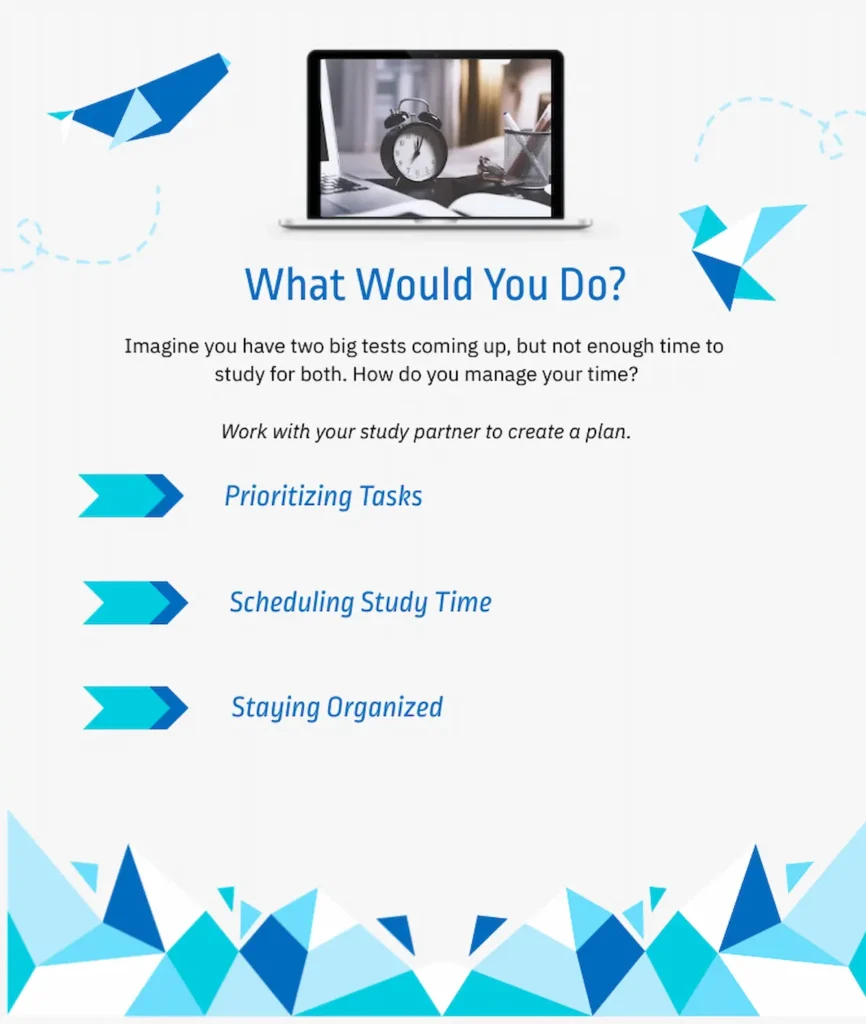
3. Tie worksheets to project-based learning activities
You can take real-world problem solving to a new level by teaching skills through project-based learning. Projects highlight relevance of subjects during learning while fostering important collaborative skills.
- Core concept: Students work together to take action and deliver an end product related to the current topic.
- Key benefit: Encourages student choice, sparks curiosity, allows for instructor/peer feedback.
- Try this prompt when using the AI education visual creator: “Create a worksheet that lets students record 10 ideas for a podcast on ____.”
For this worksheet, I used Piktochart’s AI tool to generate a lesson planner (easily adapted into a worksheet!) related to a podcasting project. I added a section for student notes for most weeks of the project.
4. Use worksheets to promote reflection for individuals and groups
Worksheets focused on reflecting on activities – either alone or in a group – are a great way to reinforce lessons. Students analyze their own thought processes and solutions and generalize to other areas of study.
- Core concept: Worksheets present a place to capture students’ reflections on their own learning.
- Key benefit: Reflection worksheets help students consolidate understanding and better appreciate their own learning strategies.
- Try this prompt when using the AI education visual creator: “Develop a worksheet that provides students a place to reflect on their learning related to ___ project.”
I decided to extend the example of the podcast project and have the AI For Education tool create a worksheet with room for students to journal about their learning.
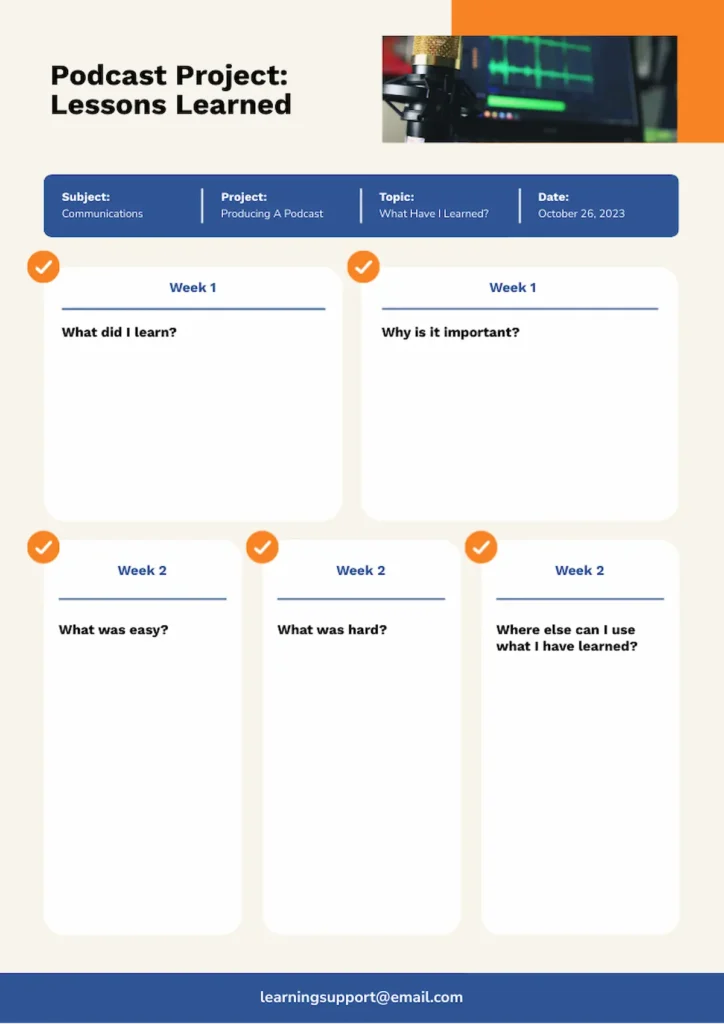
How to make worksheets less boring with gamification
Educators have been exploring the benefits of game-based learning for years, and worksheets can be useful in the gamification process. Just as there are many types of games, teachers have many options for adding game elements. Let’s look at two simple ways to gamify worksheet activities.
Row race/Note passing
One of the simplest ways to make worksheets both more collaborative and more fun is to turn completion into a race. If your classroom is set up in rows, each row can have a student answer the first question and hand the worksheet to the next person in the row. That person answers the second question OR corrects the first question. Continue until the worksheet is complete. The first group with all correct answers wins!
I created an example using the Schedule Planner Template to create a quiz worksheet on World Environment Day. I added a note explaining how the row race works.
Level up with worksheet “quests”
If you’re teaching a series of skills through worksheets, you can engage students’ interest the same way as World of Warcraft – by allowing players to advance through levels. To level up, students master skills completing activities known as “quests.”
I asked Piktochart’s AI tool to develop a worksheet to track student progress as they strove to become a “Master of Drawing” in art class. I added a medieval theme and created level names related to ranks of knighthood.
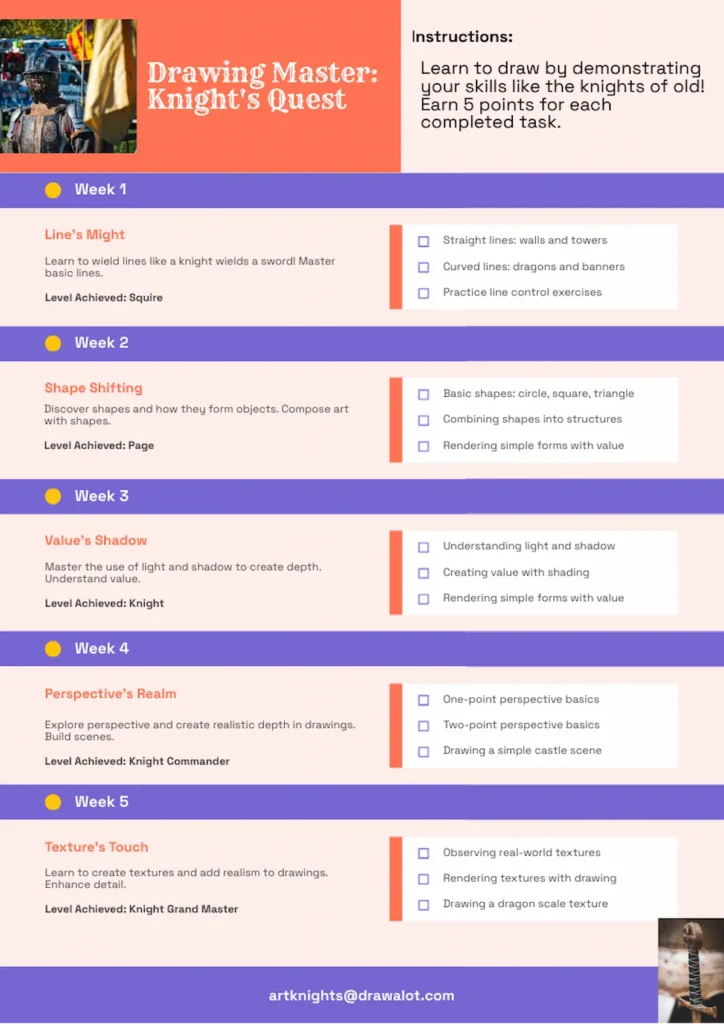
Depending on the grade level, I might create a leaderboard with point values displayed for each student, or I might use paper characters representing students to “advance” along the path to knighthood.
How to make math worksheets engaging
Math worksheets are probably not at the top of your happy school memories list, even if you ended up as a math teacher! However, by applying a few of the concepts we’ve discussed, you can customize Piktochart math worksheet templates to create engaging worksheets in minutes.
Project-based learning: No-Bake Chocolate Pudding Pie
To give your students a fun family “homework” assignment, here is a project worksheet that teaches children how to work with fractions, measure preparation time, and apply other important math concepts.
This recipe is adapted from the Meatloaf and Melodrama website. I adapted the Simple Past worksheet template to create this worksheet.
Real-world math practice: Setting up a budget
This worksheet is a great one for high-school students wanting to test computation skills in the real world. Learning how to budget is a key step on the path to adulthood, and the worksheet is easily modified to swap in relevant expenses.
To create this worksheet, I began with the Adverbs worksheet template. I switched out the content in the left column in under five minutes!
To provide extra practice at budgeting, you can use a randomizer wheel to assign students different life situations. Below, we see a wheel that has seven occupations and the monthly salary for each. You could also use this wheel to assign family size, location costs and housing type.
Gamifying board work: Halloween math-tac-toe
This worksheet, adapted from a Halloween-themed worksheet template, allows for the class to divide into two teams and play tic-tac-toe. Teams assemble to solve math problems at the board.
When a player for Team X or Team O correctly solves a problem, the teacher pulls a Halloween-themed sticker from a bag. A team wins by getting stickers on the 3×3 grid across, down or diagonally.
Make worksheets more engaging for elementary students
While most of the tips we’ve shared in this article apply regardless of grade level, some caveats apply for elementary students.
To ensure the worksheet allows learners to practice skills and does not become an exercise in decoding the worksheet itself, make sure that it:
- Has clear and brief instructions on the worksheet
- Uses visual themes that engage students’ interests
- Connects to activities that are fun and that students are able to do
Let’s look at a couple of ready-to-go templates that can easily be adapted for grade school students.
The Fractions Worksheet provides a simple review of the concept. You might delete one of the top modules to include instructions. You could also delete one or two of the modules to include photos or images from Piktochart’s library showing fractional concepts in the real world.
On the other hand, the Days of the Week template below is simple, clear, and draws on youngsters’ fascination with trains. You can adapt the title, instructions and the text on the train cars to help students practice writing out steps in a sequence: how to brush teeth, how to make a sandwich, even how to go on a train ride!

Quick tips for implementing engaging worksheet activities
If you’ve made it your mission to improve the worksheets you create for your students, here are some guidelines for doing so successfully.
- Start with one strategy at a time. Start with one worksheet you’d like to improve, apply one of the strategies above, and test it out with your classes!
- Set clear expectations for new worksheets. Some students may not be used to a more interactive sheet; help them understand why and how to complete the assignment.
- Let classroom dynamics – ideal and actual – guide your creation of engaging worksheets. Notice which worksheets produce better collaboration, better discussions, and better understanding.
- Collect student feedback on which activities they enjoy most. Their feedback can help you co-design engaging learning with them.
- Use tools that allow you to adapt worksheet ideas quickly. Piktochart’s archive of templates and AI creation tools provide the ability to prototype and change up worksheets quickly and cheaply.
To illustrate this last point, I used the AI for Education tool one more time, to create a worksheet for YOU to think about your worksheet development activities and discover the best ways to create customized worksheets for your students.

You don’t have to settle for the “same-old, same-old” when it comes to student worksheets. By making time for research and by employing tools like Piktochart, you can quickly create worksheets that stimulate interest, spark creativity and engage students’ minds! Try Piktochart for free.
Engaging worksheets FAQs
How do you make a worksheet less boring?
Think about how you’ll avoid the primary shortcomings of worksheets: static presentation, lack of real-world relevance, and design that leaves out visual learners. Aim to create a worksheet to provide a dynamic design, show how the information is applied in everyday life, and deliver it in a visually stimulating style.
How do you make worksheets fun?
Once you’ve avoided the pitfalls of boring worksheets, it’s time to add something new and engaging to your worksheet. Can your topic be gamified? Can you help students learn to work together to solve problems? Can the worksheet become part of a larger project that captures the students’ interest? All of these strategies increase engagement and may even have your students asking for more!
